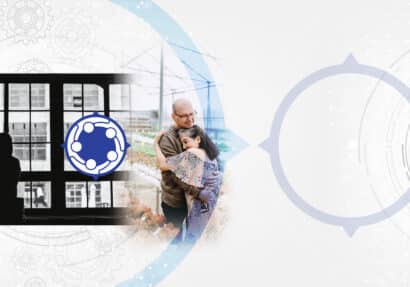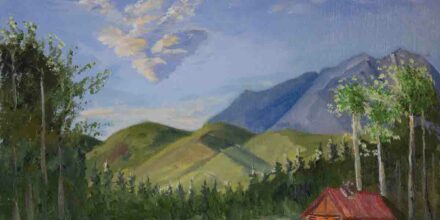I live and work in a small rural town in central Massachusetts. In addition to my studio work I’m an on-call firefighter for my town. Although these two jobs may seem to have little in common, I’ve found there are aspects that they share. Like making art, being in the fire service requires training, practice, and preparation, all of which are invisible to an outside viewer. So it is with making art – the work leading to the finished piece is invisible, but crucially important.
This is what you would see if you visited my studio tomorrow:
The building is a timber framed barn that my husband and I built with the help of family and friends, using trees we cut from our land. The floor is a poured concrete slab. The studio space occupies the front half of the building and the back half houses a woodshop. In the studio space there is a red electric cement mixer, scratched and dented from eight years of use, and a green garden hose coiled and hanging from one of the central frame posts. There are three wooden boxes, three feet tall, filled with sand that visitors like to dig their hands into, a pallet stacked with 92-pound bags of dry cement, and containers of dry pigments holding 50 pounds each of red, black, yellow, and blue.
You would see a long metal table on wheels with painting and drawing supplies, and a short plastic cart on wheels that holds everything I need when I’m casting concrete- yellow coffee cans of screws, hammer and chisel, a cordless screw gun, pencils and Sharpies, leather work gloves, thick rubber concrete work gloves, stapler, scissors, tape measure, level, a stainless steel scoop, and a trowel. There is a cardboard box with several hundred pieces of 4-millimeter clear plastic sheeting, cut into rectangles.
Against the walls, stacked two deep on pallets, you would see concrete sculptures ranging in height from 18 inches to nine feet. The colors range from browns to greys to blues to yellows. These sculptures are at various points in their timeline. Some are in progress and some are complete. Some are complete but have been labeled Rubble, meaning they won’t be shown but they contain elements I want to keep for reference. Some Rubble pieces are in the process of being taken apart and made into something new.
Everything that you would see in my studio is the result of accumulated years of studying and thinking and making. These pieces are products of countless failures and discoveries within my studio practice and of the ongoing invisible details of daily life that support the creation of objects.
If you visited my studio tomorrow you would not see the daily morning office work involving research into public art proposal requests, higher education teaching opportunities, and possible funding sources. You wouldn’t see the daily lunch-time writing of emails and checking on application deadlines. You wouldn’t see me working on the image database of my work after dinner, reading art magazines, online articles, books, and composing statements and writing projects, such as this one.
You wouldn’t see the time spent maintaining the material and supply inventory and budget – making sure there is enough cement, sand, pigment, and cases of staples to complete a piece. You wouldn’t see the time spent contacting suppliers to place orders, purchasing materials at local vendors, researching new suppliers, and tracking shipments.
You might not see that much of the work that goes into making a piece of art is very, very boring. There is a lot of repetitive, tedious labor.
You probably would not see that one of my favorite moments is putting together sand, cement, water, and pigment in the electric mixer. Watching the wet concrete roll around is very hopeful – I know I can use it to make anything.







